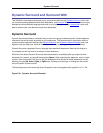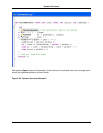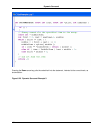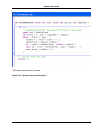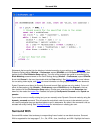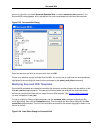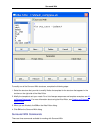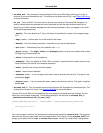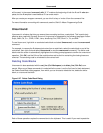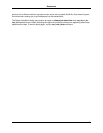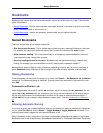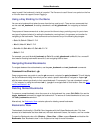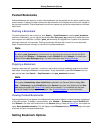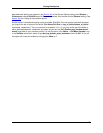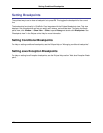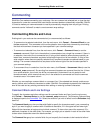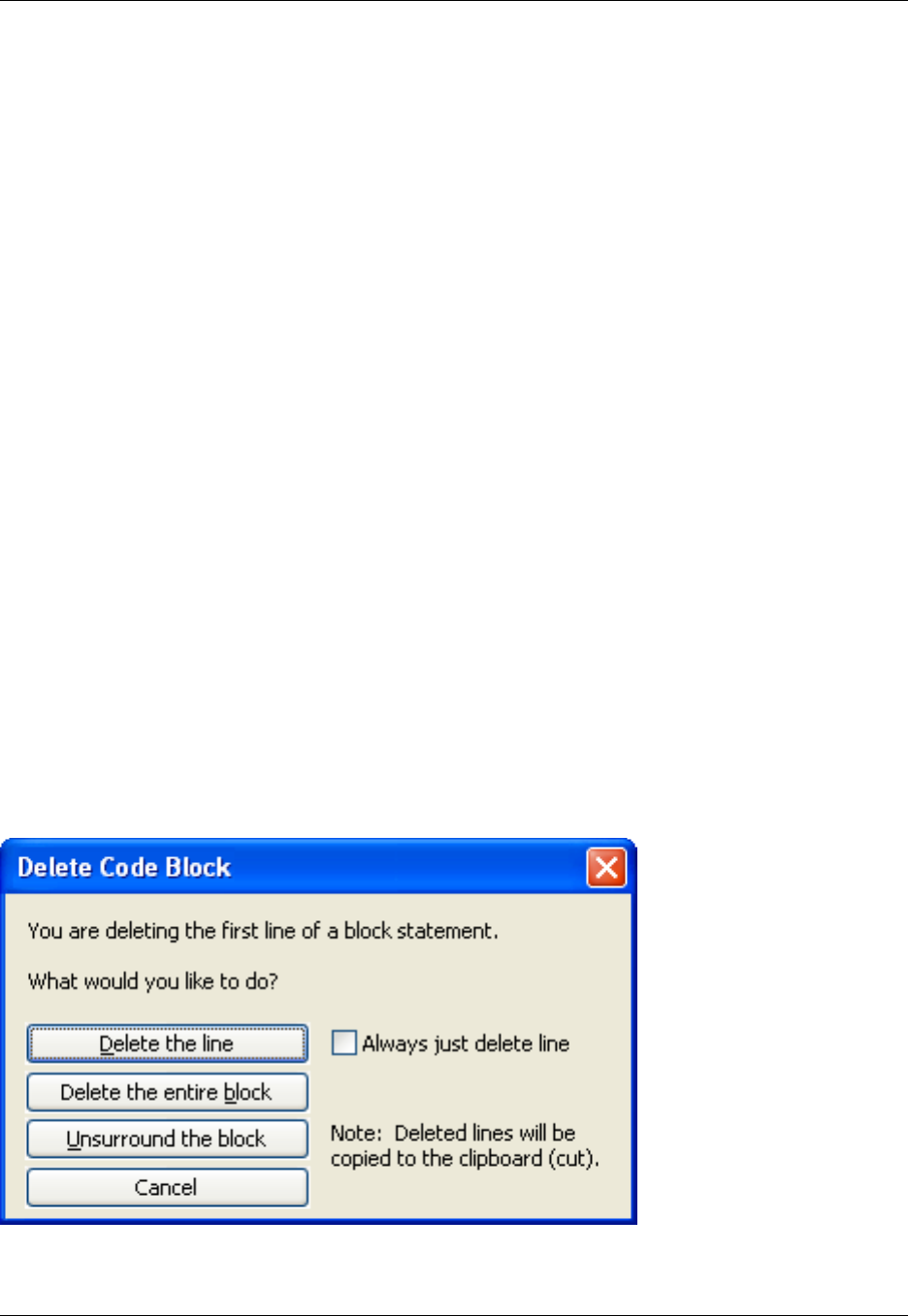
will be used. In the case of surround_with_if, "if" matches the beginning of both the if and if...else tem-
plates, but the if template is used because it is an exact match.
After you create your wrapper command, you can bind it a key or invoke it from the command line.
For more information on working with commands, see the Slick-C® Macro Programming Guide.
Unsurround
Unsurround is a feature that lets you remove the surrounding text from a code block. This is particularly
effective when used with Dynamic Surround. Unsurround is supported for the following languages: Action-
Script, AWK, C#, C++, CFML, HTML, Java, JavaScript, Perl, PHP, Slick-C ®, Tcl, and XML.
To use Unsurround, right-click on a selected code block and select Unsurround, or use the unsurround
command.
For example, to remove the if statement structure from a code block, select the code block or part of the
code block, then right-click and select Unsurround (or use the unsurround command). The entire code
block under the cursor is automatically highlighted and a dialog prompt appears to confirm the unsurround
operation. Click OK, and the if line of the code block as well as the line containing the closing brace are
removed. The remaining code is unindented to the correct level.
Deleting Code Blocks
Unsurround is also associated with the cut_line (Ctrl+Backspace) and delete_line (Ctrl+Del) com-
mands. When one of these commands is invoked while the cursor is on the first line of a block statement,
the Delete Code Block dialog appears, from which you can choose to delete the line, delete the entire
block, or unsurround the block.
Figure 6.27. Delete Code Block Dialog
Each of these operations copies the removed text to the clipboard. This is useful if you want to paste the
Unsurround
170



